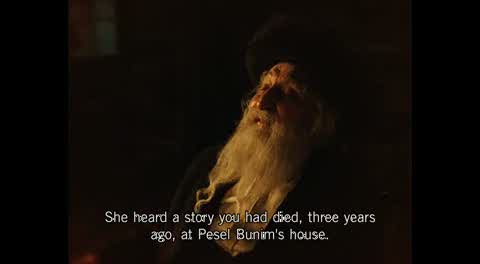Subbacultcha! is, in its own words, an ‘independent, multidisciplinary cultural platform’ based in Amsterdam. It produces an extensive monthly magazine focusing on experimental and emerging independent musical artists; and arranges a diverse and regular programme of music concerts, film showings and art exhibitions throughout the Netherlands and Belgium. Hosting concerts in a variety of venues across Amsterdam, including Trouw, OT301, and Sugar Factory, De Nieuwe Anita – a small venue to the west of the centre beyond the Jordaan, along the Frederik Hendrikstraat, with a bar out front and a dance floor with a balcony – remains Subbacultcha!’s home in the city.
Doldrums – an electronic dance musician originally from Toronto, now based in Montreal; whose debut album, Lesser Evil, came out in Europe and the US earlier this week, and has begun obtaining highly positive reviews (falling, alas, but a handful of decimal points from securing a ‘Best New Music’ tag at Pitchfork today) – performed at De Nieuwe Anita under the auspices of Subbacultcha! last Saturday.
The evening’s support act was Cosmo V, apparently the name of a sole woman, whose latest EP and official debut, No Name Street, is scheduled for release in the next month. Live, Cosmo V took the form of a five-piece band, with the female singer accompanied by a drummer, a couple of guitarists, one of whom occasionally played sustaining synth sounds via a MicroKorg, and a final individual on synthesiser and digital percussion. The band were suitably energetic given the performance that was to come, playing a heavy art-rock with charismatic vocals, particularly effective when accompanied by droning synths in the earlier songs of the set.
Doldrums, the name taken by the twenty-three year old Airick Woodhead, plays a boisterous dance music with layered and distorted samples, rich bass and a varied, shifting percussion. Often conceived as part of a Montreal scene, including his friends and the fellow artists Grimes, Blood Diamonds and Purity Ring (the latter two who have, incidentally, played at De Nieuwe Anita and Trouw respectively in the last several months), Doldrums’ music is similarly experimental but denser and more earthy, and seems to draw from a different palette of sounds.
I’ve listed to Lesser Evil on record a few times since the concert, and it is already a really engaging and enjoyable album, which seems likely to unfold upon further hearings. The percussion sometimes features bold or strident hip-hop influenced drum breaks, at other times oriental bells and chimes, and there are also glitches which combine with melodies on the closing songs to produce a music which feels quite plaintive, whilst at the same time retaining the warmth and the optimism which surges throughout the album. In fact, Lesser Evil flows between movements, the first closing with the song ‘Sunrise’; followed by a strong and worldly middle sequence, beginning with the single ‘Egypt’ and progressing to the title song; and concluding with three final songs of a piece in their darker and calmer tones. A suggestive summation would be that the sound here is something akin to a particularly heavy conflux of Animal Collective and Múm. Woodhead’s voice is often pitched very high, and breaks through with a lot of spirit and clarity above or carrying through the thick rhythms of the music.
On Saturday, Doldrums was accompanied by a fellow musician who provided vocal accompaniment and a visceral yet steady and consistent percussive flair. Maracas were tossed upon the ground. A man at the forefront of the audience, who I presume knew the musicians and was a deliberate part of the proceedings, wearing a sort of waistcoat and shirt, engaged in a range of instigatory dances, most frequently returning to a form of the Running Man. The show was fresh and full of energy without being frantic. In this live setting, the vocals sounded deeper, and amidst a whirl of genres – from techno to hip-hop to psychedelia to folk – there seemed the distinct presence of jungle in the pieces performed from Lesser Evil. The final few songs were from Doldrums’ earlier work, the closer the buoyant electro-pop of ‘Jump Up’.
________
Doldrums has uploaded Lesser Evil in full over on his SoundCloud page, at: https://soundcloud.com/doldrumss/sets/lesser-evil
































